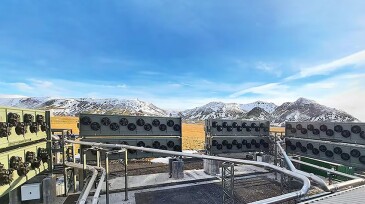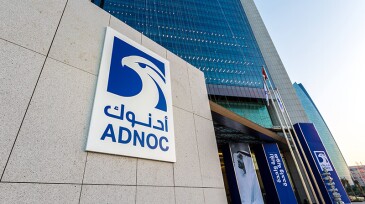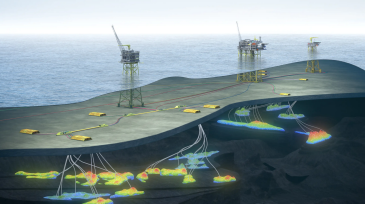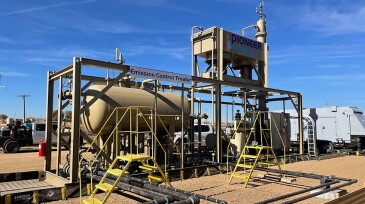Decarbonization
The two companies said they will evaluate the possibility of a joint venture to develop a direct air capture hub in South Texas, with XRG considering investing up to $500 million.
The plant at Heidelberg Materials’ cement facility in Brevik, Norway, has captured its first 1,000 metric tons of carbon dioxide.
The times are changing and so are our industry’s prospects, as hydrocarbons are now recognized as cardinal to affordable energy security for the conceivable future. But, in avoidance of suspense, the answer to the headline question is “absolutely.” Here we look at the rationale why.
-
Paving the way for collaboration, the fourth edition of the SPE Symposium on CCUS management witnessed groundbreaking discussions on innovative strategies and initiatives that accelerate the deployment of CCS and CCUS projects in the region.
-
Several projects have been scrapped across the US as inflation causes project costs to soar, while projects in Costa Rica and Rotterdam move forward.
-
New York-based BlackRock will put more than half a billion dollars into Occidental's first direct air capture project, which is now 30% completed.
-
In the US, localized opposition and regulatory uncertainty are threatening to kill or severely limit the use of carbon capture, use, and storage (CCUS) in the fight against climate change.
-
In this paper, the authors evaluate the simultaneous optimization of CO2 storage and oil recovery using multiple injection strategies.
-
As money pours into the space, questions arise about whether the method of removing carbon from the atmosphere is the best investment.
-
An increased focus on energy security and the effects of progressive policies and gridlock in decarbonization technology are a few of the key takeaways in DNV’s 2023 Energy Transition Outlook.
-
ADNOC's Ruwais LNG to be one of the first all-electric-LNG facilities in the Middle East.
-
The work scope for the project runs through year-end 2027.
-
A new type of skid-mounted production facility was deployed on a pad in Weld County, Colorado, and demonstrated elimination of emissions, improved operational efficiency, and an increased crude yield of 11.3%.













